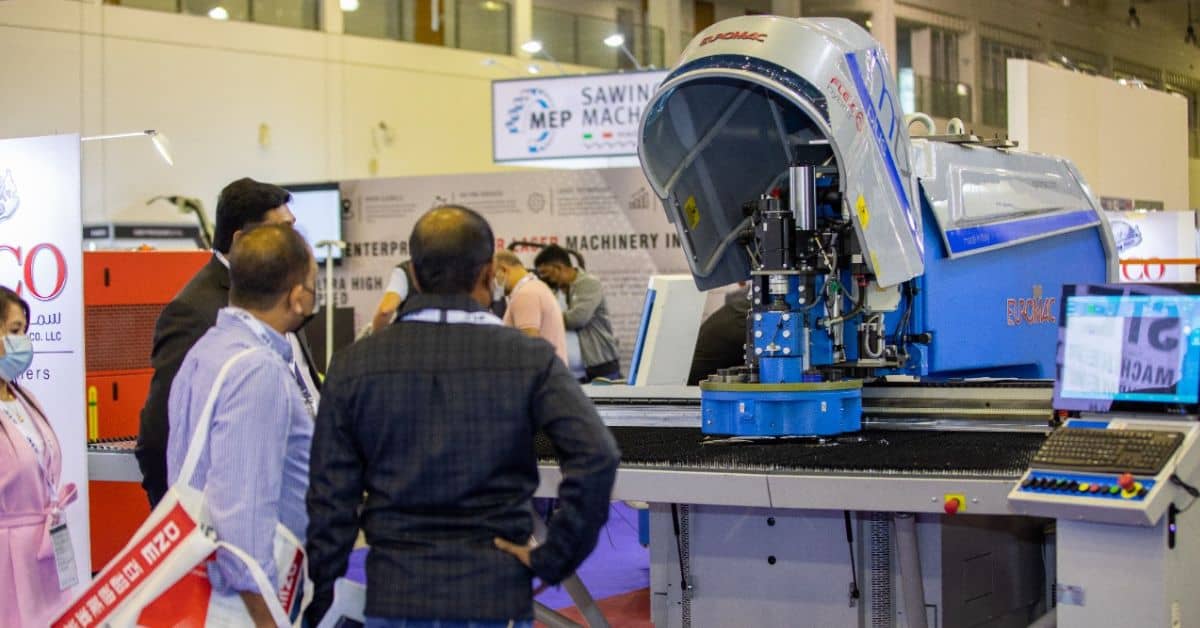For industrial manufacturers, 2023 is in danger of being the year of “I told you so.” The global pandemic caused supply chain disruptions that continue to reverberate today. Support from the governments of many countries for businesses and consumers helped protect industry from many of those disruptions, but the subsidies are all but gone now. Rising interest rates and the continuing shortage of skilled labor, combined with unresolved issues in the supply chain will impact everyone, but none more so than the underprepared. Looking ahead, here’s how the best and worst will likely fare through 2023 and beyond.
1 Smart factories
The smart factory concept is not new, and many organizations have made some inroads toward achieving higher-frequency and higher-resolution data about their production environments. In most cases, significant opportunity remains untapped. The opportunity for employing smart factories encompasses two domains:
Improving the capture of data and the operational context to surface the information needed to inform better decisions.
Providing the insights and information to more stakeholders, in a more consumable manner, specifically, active rather than passive presentation of impactful data at, or even before, the time of need.
2 Continuing supply chain disruption
The scenario of the broader connected enterprise doubles down when we consider the continuation of supply chain disruption. The need to be flexible, efficiently managing multiple sources of supply while managing overall profitability means sharing information not just within the organization but upstream, driving increased collaboration with suppliers. Of course, not all supply chains are equal, so a one-size-fits-all response is unlikely to be optimal and may not even be achievable. A blended approach to document and transaction-sharing is best — through organization-owned portals, supplier-owned portals, EDI and other direct forms of data interchange. AI/ML can help to understand not just whether a supplier’s performance is changing but whether that supplier’s performance is improving or degrading when compared to its peers, a judgement based on the whole supply chain suffering the same challenges. From that, it’s easier to determine whether a particular supplier needs reinforcement due to its critical nature or, if its long-term value is in question, replacement over time.
3 Skills shortages
Manufacturing skills shortages will continue in 2023. While the global slowdown may reduce some of the tension on the labor markets, having access to the right skills in the right place will be an ongoing challenge. As part of the move toward a smarter factory, understanding the skills of your employees, how they’re deployed, and how the value of your people can be increased with continuous learning will become critically important. By automating and reducing the non-value-add tasks placed upon workers, managers can increase both the workers’ effectiveness and their job satisfaction.
4 Rise of robotics
Modular robotics in both the physical world and the data environment (through robotic process automation) are reaching levels of maturity that make them more accessible from the perspectives of both cost and complexity. With the industry continuing to focus on ease of deployment and ongoing use, the International Federation of Robotics reports 15% more operational industrial robots in 2021 with an average increase of 14% per year over the past 5 years.
5 Rise in cyber attacks
Looking at other drivers in 2023, we are likely to see increasing attempts at cyberattacks, both to gain access to critical data and to enact ransomware. Companies that have invested in security, whether on their own or through third-party services, should carry less risk, but no one should rest on their laurels.
6 Increase in additive manufacturing
We expect to see more additive manufacturing – techniques which use data computer-aided-design (CAD) software or 3D object scanners to manufacture products – in 2023 as speed, quality and scale continue to improve. This will assist in resolving some of the issues from the previous topics. Adoption of 3D printing represents a big change in product design and thinking, which in some cases may add too much uncertainty if other challenges reduce an organization’s appetite for risk.
Summary
As we peer into 2023, those organizations that have already taken steps towards smart enterprise applications and a holistic approach to transformation have more means and agility to adapt to the ongoing challenges. Organizations that decide not to or are unable to take those first steps will continue to find themselves patching together reactive solutions to problems
If 2023 is a year of slowdown, instead of battening down the hatches, companies should use the opportunity to take the first step on a transformative journey toward smarter, more connected manufacturing.
Khaled AlShami is Vice President, solution consulting, MEA, Infor.
The opinions expressed are those of the author and may not reflect the editorial policy or an official position held by TRENDS.

